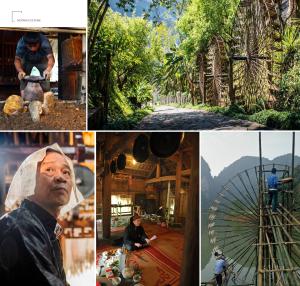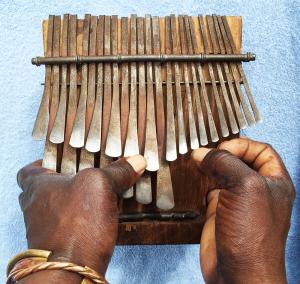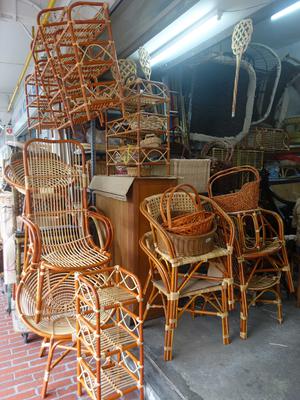To separate and create interior and outside spaces, for privacy, to create cooling shade from the sun in the hot weather that retained breeze, for ritual and state use, and a myriad of other uses, Koreans made bamboo blinds or screens. Three-to-four-year-old bamboo (wangdae) is harvested by hand in climates and ecosystems that grow the strongest and most dense plants, and then processed in many steps to harvest the outer grain of each cylinder and splice them thin. The finest screens are made from splints drawn through metal drawplates, and woven with weights and, traditionally, silk thread, on a loom.
05-04-2024
| Institutional and human capacities | The current national ICH holder of yeomjang (property no. 114) is Jo Dae-yong in Tongyeong. The South Jeolla Provincial ICH holder of jukryeom is Park Seong-chun in Damyang. The late Yoo Bae-geun in Jeonju was the North Jeolla Provinical ICH holder of hanji bal: the only ICH holder in Korea remaining who made the specific bamboo screens required to make hanji (Korean paper). | |
| Transmission and education | Yeomjang is not a codified or regular part of the Korean educational curriculum. Mr. Jo teaches private students and classes through the city of Tongyeong and has exhibited overseas, including in Japan and the UK, while also exhibiting in Seoul and other parts of Korea. He is the most active teacher but must balance his schedule with continuing to produce large bamboo screens of all types for national palaces and other needs. Mr. Park is not healthy enough to teach and currently only makes small kimbap rolling screens with turtleshell designs. | |
| Inventorying and research | Museums including the bamboo museum in Damyang hold objects in their collections. The bamboo museum in particular also contains many videos on the process of making bamboo screens and other bamboo objects. | |
| Role of intangible cultural heritage and its safeguarding in society | Yeomjang is somewhat remembered by older members of the Korean culture and Mr. Yoo has made them for popular Korean dramas that depict historical times. | |
| Awareness raising | Mr. Jo actively practices, teaches, and promotes yeomjang to the best of his ability but is in his 70s as of 2024. Aimee Lee (US) studied with him to document and learn his process, so that she can pass on these skills to younger students, and provides images and videos of her research online for the public. She also visited Mr. Yoo in 2009, 2014, and 2021 to continue to order hanji bal and facilitated many orders from the US and overseas to spread the use of high-quality hanji bal. | |
| Engagement of communities, groups and individuals as well as other stakeholders | The city of Tongyeong is invested in supporting Mr. Jo, as well as various Korean cultural centers worldwide that have hosted him. | |
| International engagement | Aimee Lee includes yeomjang information into her hanji teaching, publishing, and dissemination, while encouraging students to enter the field. | |
| References |
|
|


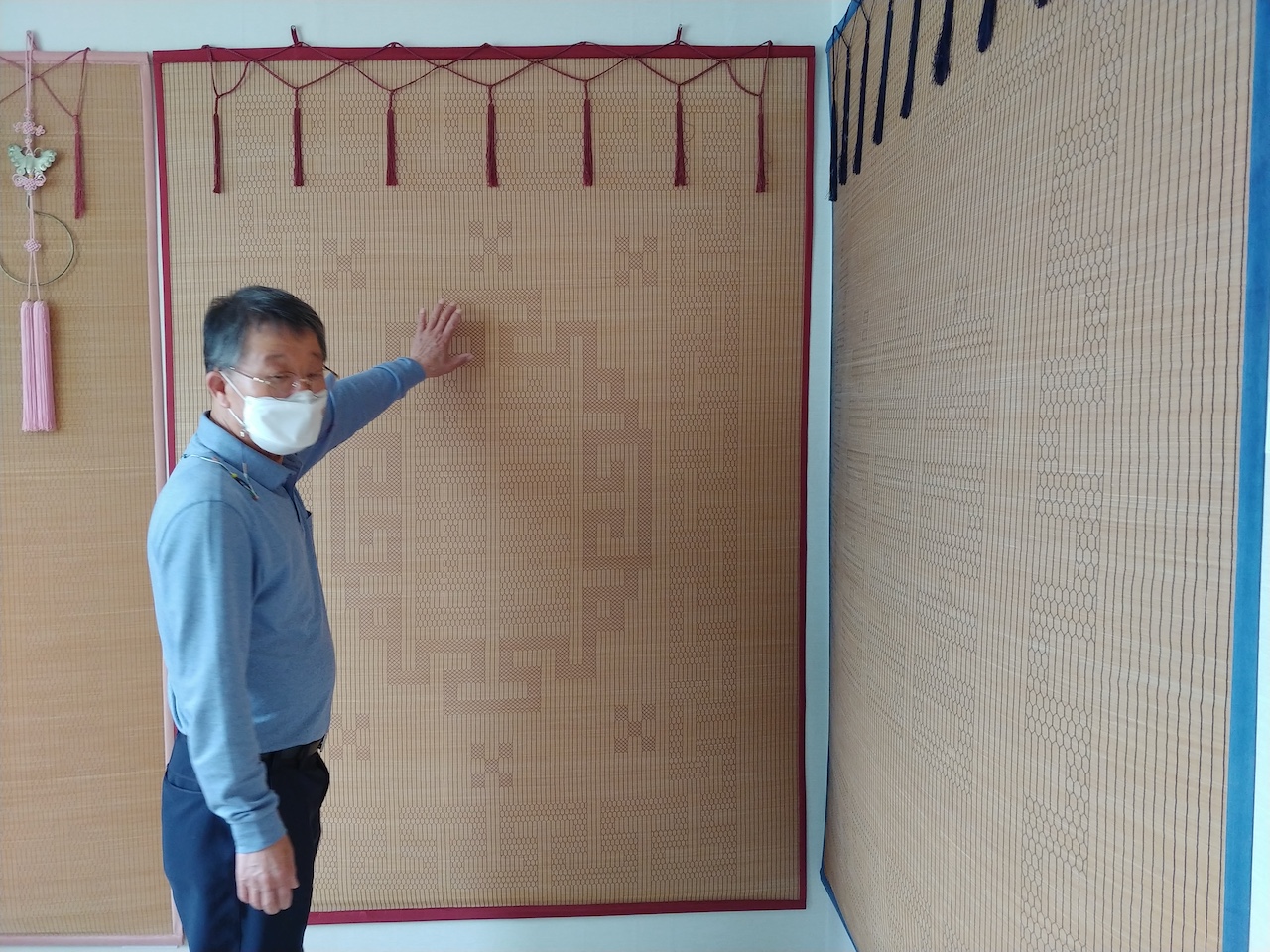
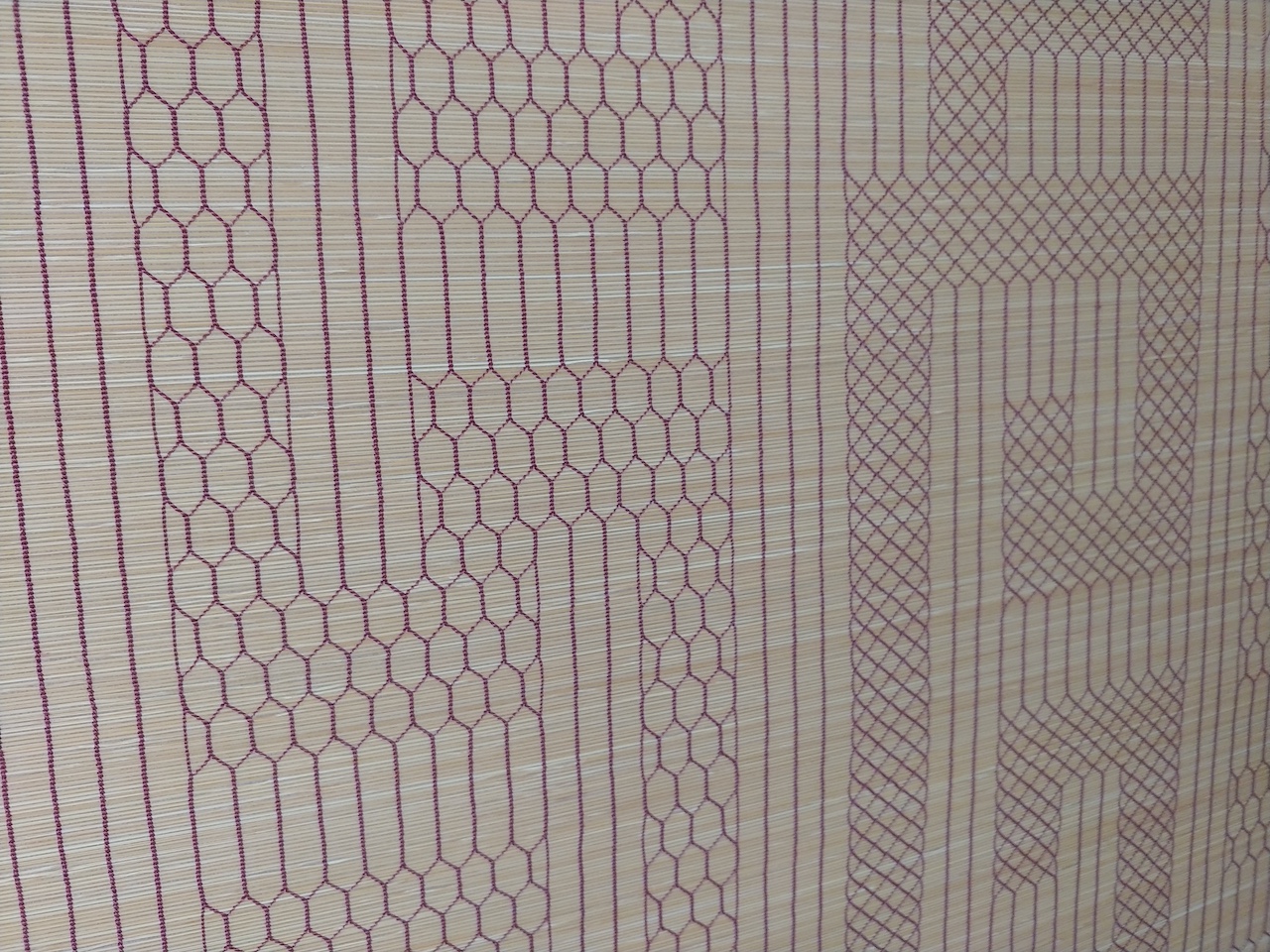


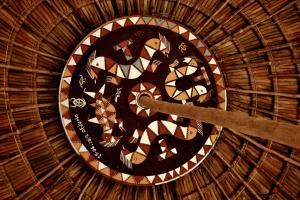

.jpeg)
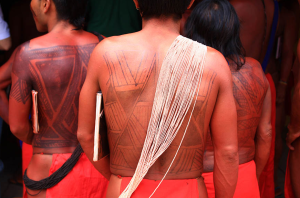
.jpg)
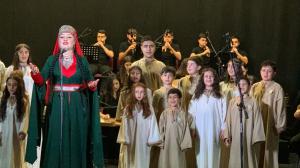
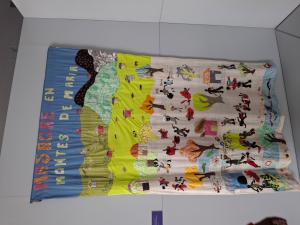

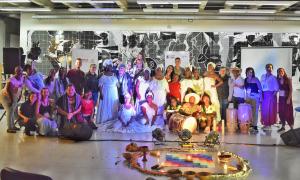
.png)
.jpg)















_(31711258567).jpg)

















